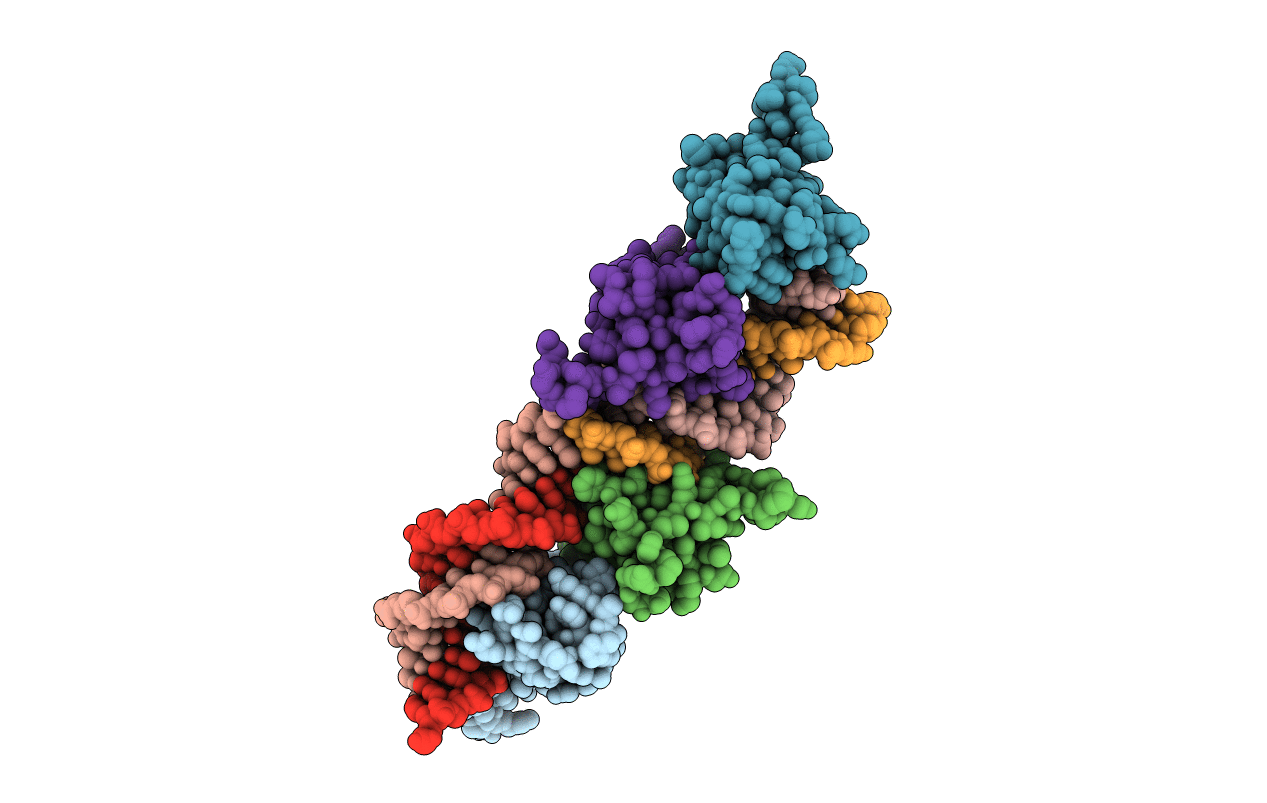
Deposition Date
2021-10-15
Release Date
2022-08-17
Last Version Date
2023-11-29
Entry Detail
PDB ID:
7VOX
Keywords:
Title:
The crystal structure of human forkhead box protein A in complex with DNA 2
Biological Source:
Source Organism:
Homo sapiens (Taxon ID: 9606)
Host Organism:
Method Details:
Experimental Method:
Resolution:
2.10 Å
R-Value Free:
0.21
R-Value Work:
0.18
R-Value Observed:
0.18
Space Group:
C 2 2 2


